The aquatic world is divided by salinity—creating distinct environments that have shaped fish evolution for millions of years. From the vast oceans teeming with colorful reef dwellers to serene freshwater lakes hosting specialized species, fish have adapted remarkably to survive in waters with dramatically different salt concentrations. This fundamental division between saltwater and freshwater fish represents one of nature’s most fascinating evolutionary stories. Beyond mere preference, these adaptations reflect sophisticated biological mechanisms that allow fish to maintain internal balance in their respective environments. Understanding why some fish thrive in saltwater while others flourish in freshwater reveals the incredible adaptability of aquatic life and the complex relationship between organisms and their habitats.
The Fundamental Challenge: Osmoregulation
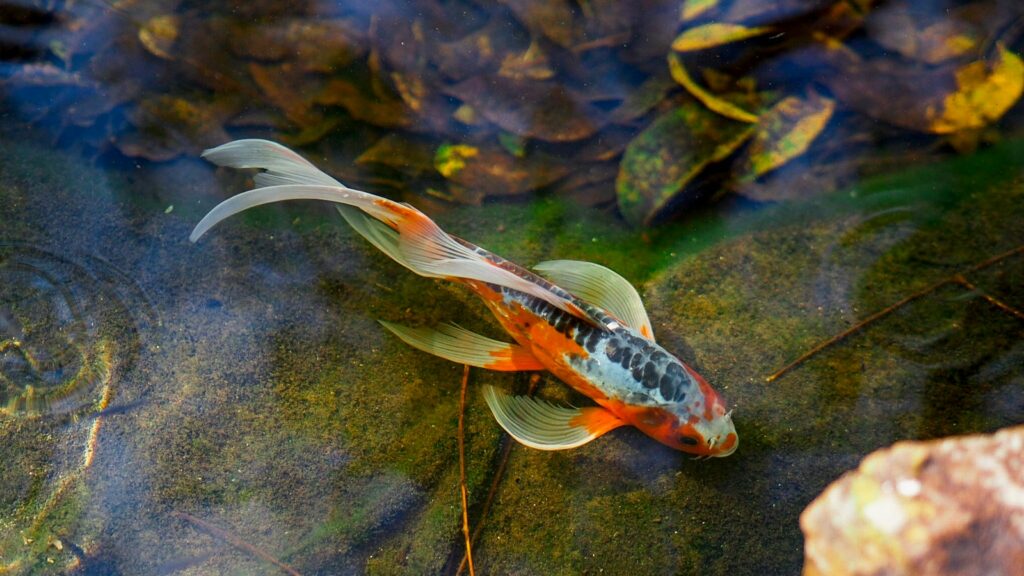
At the heart of the saltwater versus freshwater divide lies the biological process of osmoregulation—the mechanism by which fish maintain the proper balance of water and dissolved salts in their bodies. Fish constantly face the challenge of water wanting to move across their membranes from areas of lower salt concentration to areas of higher concentration through osmosis. In saltwater, fish must prevent dehydration as water naturally flows out of their relatively less salty bodies into the surrounding saltier environment. Conversely, freshwater fish face the opposite problem: their bodies are saltier than their surroundings, causing water to continuously flow into their cells and tissues, potentially causing them to swell. These opposing challenges have driven the evolution of specialized adaptations that allow fish to thrive in their specific aquatic environments.
The Evolutionary Fork in the Road
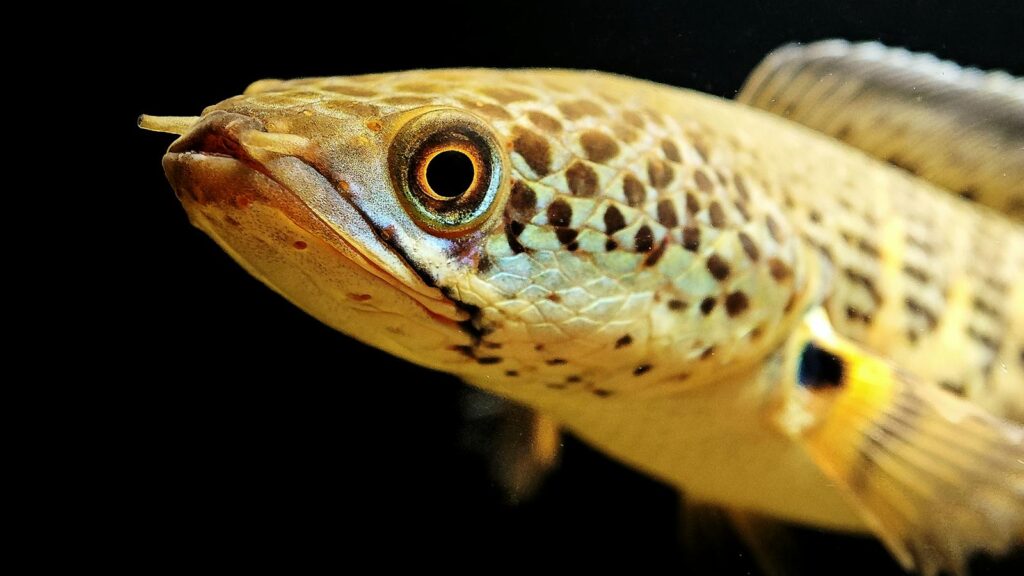
The divergence between saltwater and freshwater fish began approximately 400 million years ago when some fish species ventured from oceans into freshwater habitats. This transition represented one of the most significant adaptational challenges in vertebrate evolution, requiring fundamental changes to bodily functions. Scientists believe that all fish originated in the oceans, with freshwater species evolving later as they colonized inland water bodies. This evolutionary split created two distinct lineages with different physiological approaches to water regulation. The fossil record shows evidence of this transition, with certain ancient fish species developing adaptations that would later prove essential for freshwater survival. This evolutionary fork in the road ultimately led to the diverse array of specialized fish we see today in both marine and freshwater environments.
How Saltwater Fish Manage Their Environment
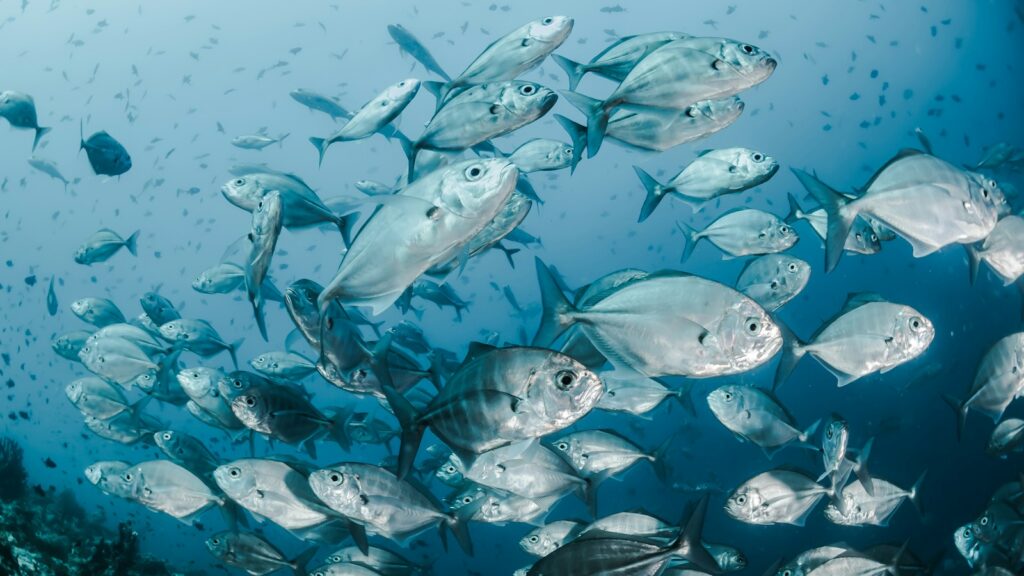
Marine fish have developed sophisticated mechanisms to counteract the dehydrating effects of their salty surroundings. Their primary strategy involves drinking large quantities of seawater continuously—something that would be toxic to humans and other land animals. After ingesting the saltwater, specialized cells in their gills called “chloride cells” actively pump excess salt ions out of their bloodstream, allowing them to retain the water while eliminating most of the salt. Additionally, marine fish produce very little urine, helping them conserve precious water. Their kidneys are structured to retain water while excreting concentrated amounts of salt. These combined adaptations create an effective system that maintains proper hydration despite living in an environment that would dehydrate organisms lacking these specialized features.
Freshwater Fish Adaptations

Freshwater fish face the opposite challenge of their marine counterparts: preventing their bodies from becoming too diluted with water. Unlike saltwater species, freshwater fish rarely drink water voluntarily, as their bodies are constantly absorbing it through their semi-permeable skin and gills. To compensate, they produce large volumes of dilute urine to expel excess water. Their kidneys are specially adapted to process and remove this water efficiently while retaining valuable salts and minerals. Additionally, freshwater fish have specialized cells in their gills that actively absorb salt ions from the surrounding water, helping maintain proper electrolyte balance. These combined mechanisms allow freshwater species to maintain their internal salt concentration at levels much higher than their environment—typically about one-third the concentration of seawater.
The Special Case of Euryhaline Fish
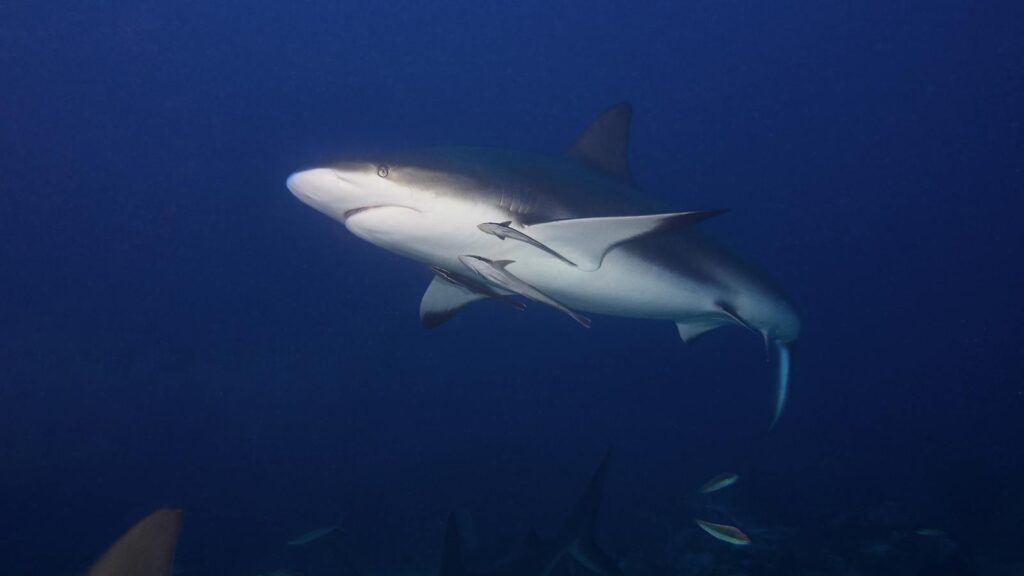
While most fish are restricted to either saltwater or freshwater, certain remarkable species can survive in both environments thanks to their extraordinary adaptability. These “euryhaline” fish—including salmon, eels, bull sharks, and certain killifish—can adjust their osmoregulatory systems when moving between waters of different salinities. Salmon, for example, are born in freshwater streams but migrate to the ocean as juveniles, where they spend most of their adult lives before returning to freshwater to spawn. This transition requires a complex physiological transformation as their bodies switch between different modes of osmoregulation. When moving from freshwater to saltwater, these fish must reverse their entire salt management strategy—changing from salt conservers to salt excreters. The ability to make this transition represents one of the most impressive adaptations in the animal kingdom and has allowed these species to exploit resources in multiple environments.
The Cost of Osmoregulation
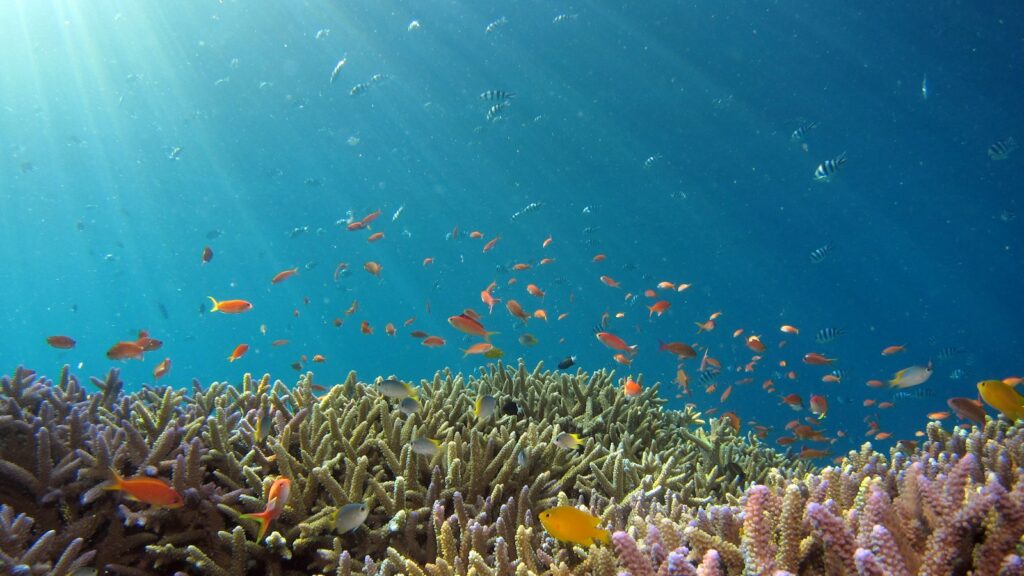
Maintaining proper salt and water balance requires significant energy expenditure for fish, regardless of their environment. This metabolic cost shapes many aspects of fish biology and behavior. For some species, up to 20-50% of their resting energy may be devoted solely to osmoregulation processes. This energy requirement influences feeding patterns, habitat selection, and even reproductive strategies. Fish living in environments with fluctuating salinity—such as estuaries or tide pools—must expend even more energy as their bodies continuously adjust to changing conditions. The high metabolic cost explains why most fish species are strictly adapted to either saltwater or freshwater environments, as specialization allows for more efficient energy use. This energy investment also explains why sudden changes in salinity can be fatal to fish not adapted for such transitions, as their regulatory systems become overwhelmed.
Physical Differences Between Saltwater and Freshwater Fish

Beyond their internal physiological differences, saltwater and freshwater fish often exhibit distinct physical characteristics that reflect their environmental adaptations. Marine fish typically have thicker, more protective scales and mucous coatings that help prevent excessive water loss through their skin. They often display more vibrant coloration—particularly in reef species—which serves various functions, including camouflage, species recognition, and mating displays in the visually complex coral reef environment. Freshwater fish, by contrast, frequently have more cylindrical body shapes adapted for navigating in currents and around obstacles in rivers and streams. Their scales tend to be thinner and more flexible, and many freshwater species have developed specialized mouth structures for feeding on particular food sources available in their habitats. These physical differences, while not universal, reflect the different selective pressures that have shaped fish evolution in their respective environments.
Behavioral Adaptations to Salinity
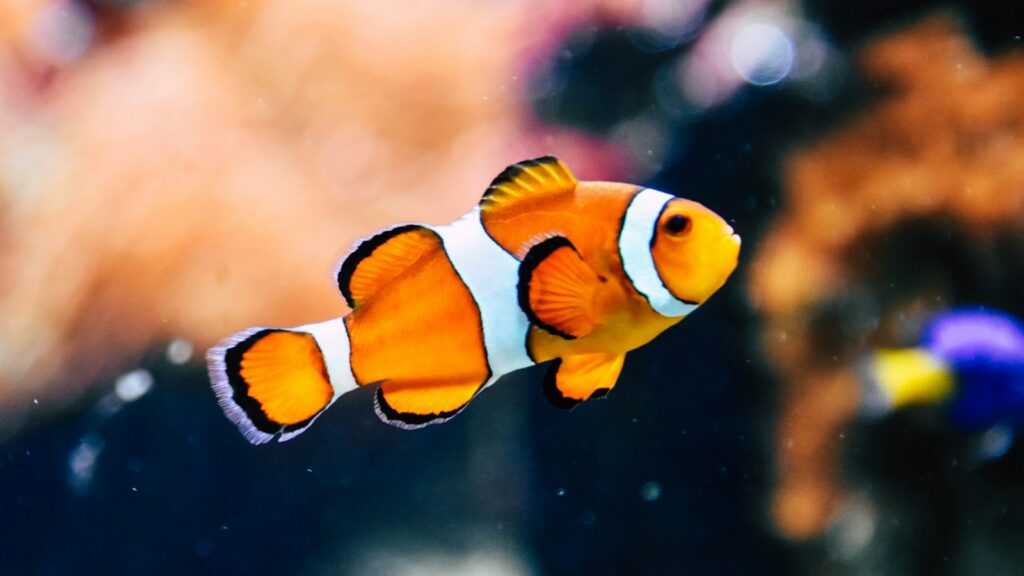
Fish behavior is significantly influenced by the salinity of their environment, with distinctive patterns emerging in saltwater versus freshwater species. Marine fish often exhibit schooling behaviors that provide protection in the vast, open ocean environment where predators can attack from any direction. Many saltwater species also undertake extensive migrations following temperature gradients or food sources across enormous distances. Freshwater fish, particularly those in flowing water systems, frequently display territorial behaviors and develop specialized techniques for maintaining position in currents while minimizing energy expenditure. Some freshwater species have evolved intricate mating rituals that utilize the physical features of their environment, such as building nests in gravel beds or caring for young in protected areas of lakes or streams. These behavioral adaptations complement the physiological mechanisms that allow fish to thrive in their specific salinity environments.
The Environmental Spectrum: Brackish Waters
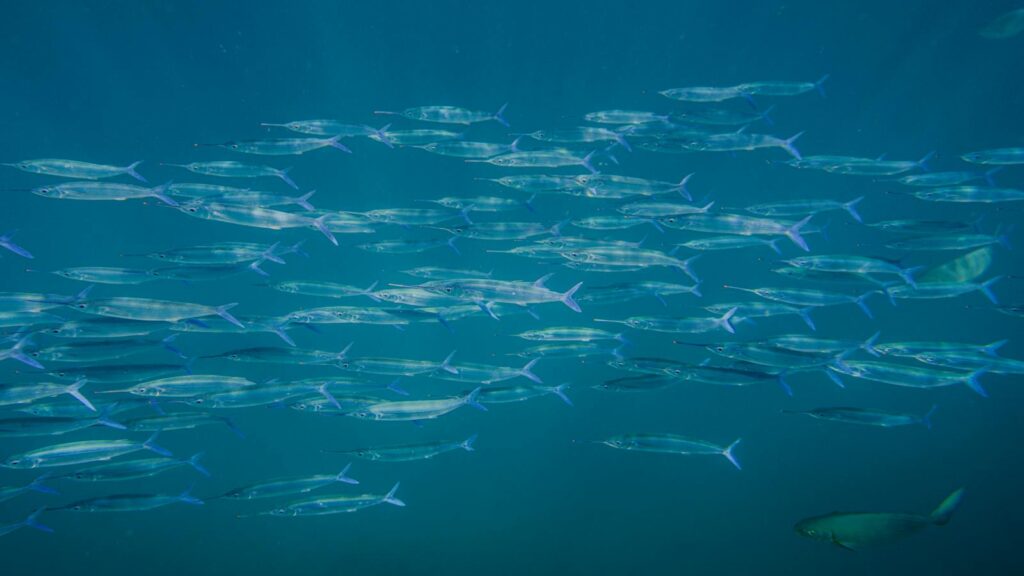
Between the extremes of freshwater and saltwater lies a gradient of brackish environments—estuaries, mangroves, and certain coastal areas where rivers meet oceans. These transitional zones host unique communities of fish that have evolved to tolerate fluctuating salinity levels. Estuarine species like snook, tarpon, and certain gobies possess adaptations that allow them to function across a range of salt concentrations, though typically not as extreme as true euryhaline fish. These brackish environments serve as important nurseries for many marine species, providing young fish with productive feeding grounds and protection from open-ocean predators. The changing salinity of these areas creates a natural barrier that many predators cannot cross, making them valuable developmental habitats. Fish in these environments often display intermediate adaptations between strict freshwater and saltwater specialists, representing evolutionary compromises that allow them to exploit these productive but challenging transitional zones.
The Role of Kidneys and Gills in Water Regulation

The kidneys and gills serve as the primary organs responsible for maintaining water and salt balance in fish, though they function quite differently depending on the environment. In freshwater fish, the kidneys are large and highly efficient at producing dilute urine to expel excess water, while simultaneously reabsorbing valuable salts. Their gills actively uptake ions from the surrounding water through specialized chloride cells that transport salts against concentration gradients. Saltwater fish, conversely, have smaller kidneys that produce minimal, concentrated urine to conserve water. Their gills function in reverse compared to freshwater species, actively excreting excess salt ions absorbed from ingested seawater. These differences in kidney and gill function represent crucial adaptations that allow fish to thrive in environments that would otherwise disrupt their internal balance. The specialized cells in these organs can be observed under microscopes, revealing distinct structural differences between marine and freshwater species.
The Challenge of Transitioning Between Environments

Moving between freshwater and saltwater environments represents an extreme physiological challenge that most fish cannot survive. When a freshwater fish is placed in saltwater, it rapidly becomes dehydrated as water leaves its body through osmosis, while its systems become overwhelmed by excess salt intake. Conversely, a saltwater fish in freshwater faces the opposite problem—water floods into its tissues faster than it can be expelled, while valuable salts are lost through diffusion. These transitions can cause severe stress, organ damage, and ultimately death in non-adapted species. Even among euryhaline fish capable of making these transitions, the process requires time for physiological adjustments to occur, during which the fish may be vulnerable and must expend considerable energy adapting. This limited ability to cross between environments has maintained the evolutionary separation between freshwater and saltwater species, despite the geographic connections between these habitats.
Conservation Implications of Salinity Adaptations

Understanding the specialized adaptations of fish to different salinity environments has important implications for conservation efforts. Climate change and human water management practices are altering the salinity profiles of many aquatic ecosystems worldwide. Rising sea levels are pushing saltwater farther upstream in coastal rivers, potentially threatening freshwater species that cannot adapt to increased salinity. Conversely, the construction of dams can block the migration routes of euryhaline species like salmon that require access to both environments to complete their life cycles. Water pollution can further disrupt osmoregulatory functions by damaging sensitive gill tissues or altering the ion composition of water bodies. Conservation strategies must consider these specialized adaptations when designing protected areas or implementing restoration projects. Maintaining the integrity of transitional zones like estuaries is particularly crucial, as these areas serve as critical habitat for many species and provide important ecological connections between freshwater and marine environments.
The Future of Fish in Changing Waters
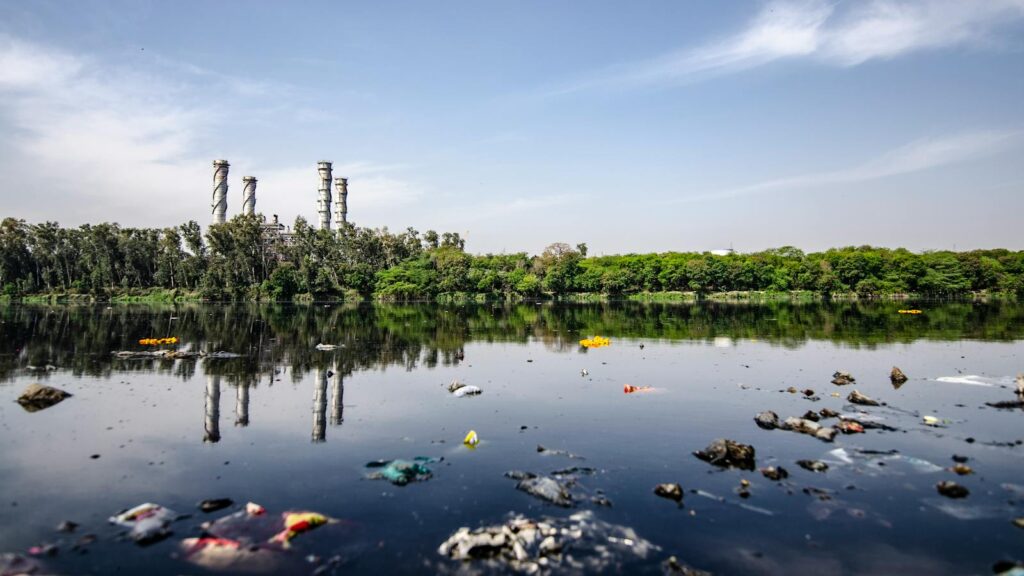
As global climate patterns shift and human impacts on aquatic environments intensify, fish face unprecedented challenges to their salinity adaptations. Rising ocean temperatures are altering current patterns and saltwater distribution, while changing precipitation regimes affect the chemistry of freshwater systems. Some species may demonstrate evolutionary resilience through adaptive capacity—the ability to adjust to changing conditions through genetic variation and natural selection. However, the rapid pace of environmental change may exceed the adaptive capabilities of many fish species, particularly those with specialized habitat requirements or limited genetic diversity. Scientists are conducting research to better understand how different fish species might respond to these changes, with some evidence suggesting that euryhaline species may have advantages in coping with fluctuating conditions. Conservation efforts increasingly focus on preserving genetic diversity within fish populations, as this diversity represents the raw material for potential adaptation to changing salinity patterns in the future.
The division between saltwater and freshwater fish represents a fascinating example of how environment shapes evolution. Through millions of years of adaptation, fish have developed sophisticated physiological systems that allow them to maintain internal balance despite the challenges posed by their surroundings. From the salt-excreting gills of marine species to the water-managing kidneys of freshwater fish, these adaptations demonstrate the remarkable plasticity of life. Understanding these mechanisms not only illuminates evolutionary biology but also guides conservation efforts in a changing world. As we face growing environmental challenges, protecting the diverse habitats that support both saltwater and freshwater species becomes increasingly crucial. The story of fish adaptation to different salinities reminds us of life’s resilience while underscoring the specialized nature of environmental adaptations that cannot be easily replaced once lost.



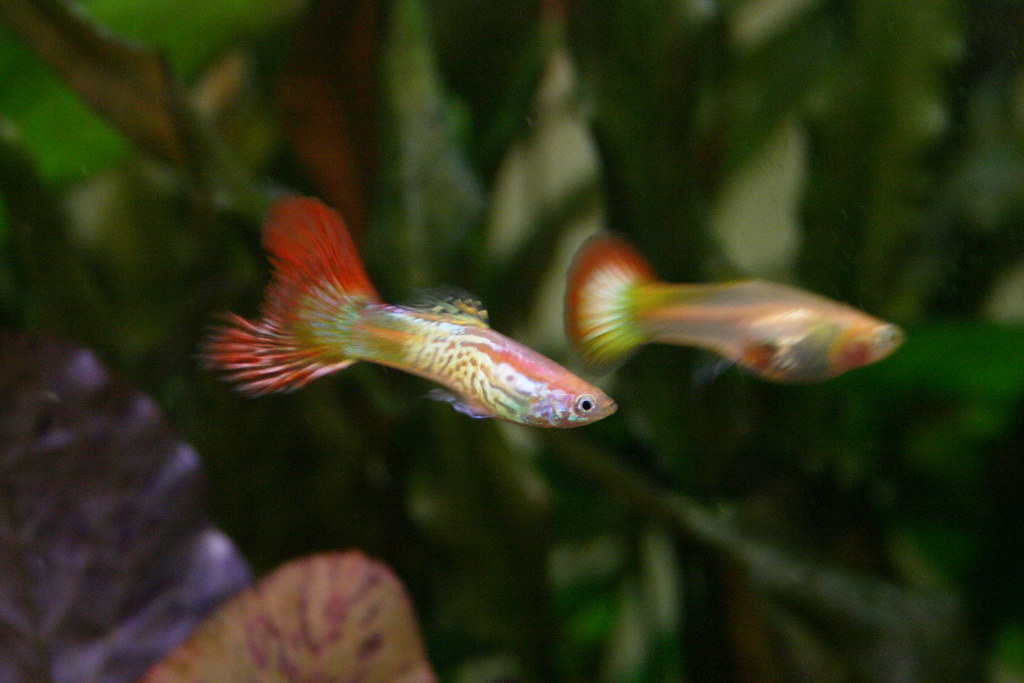


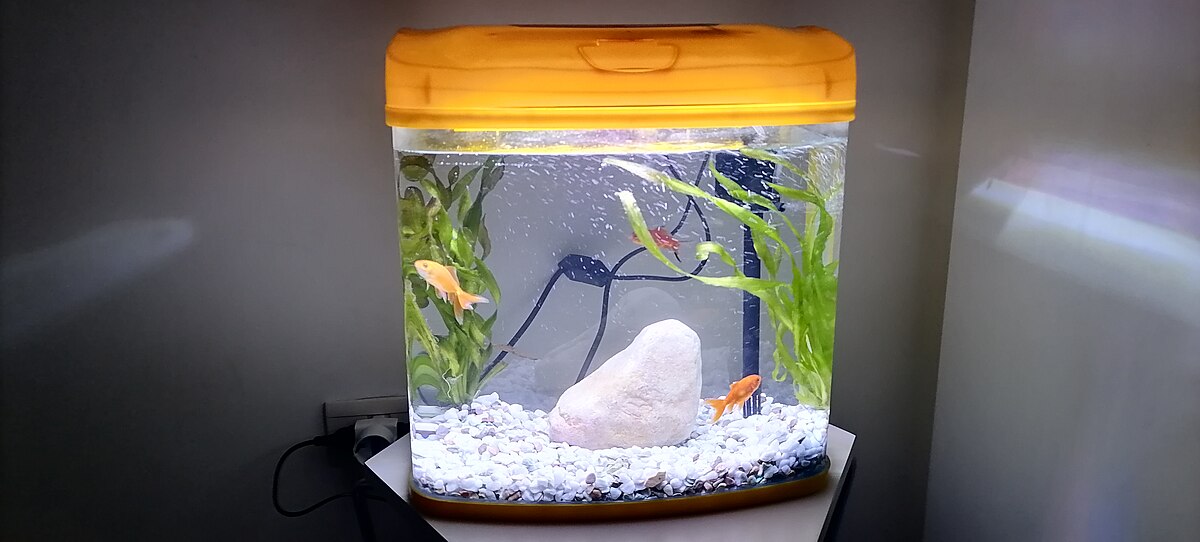
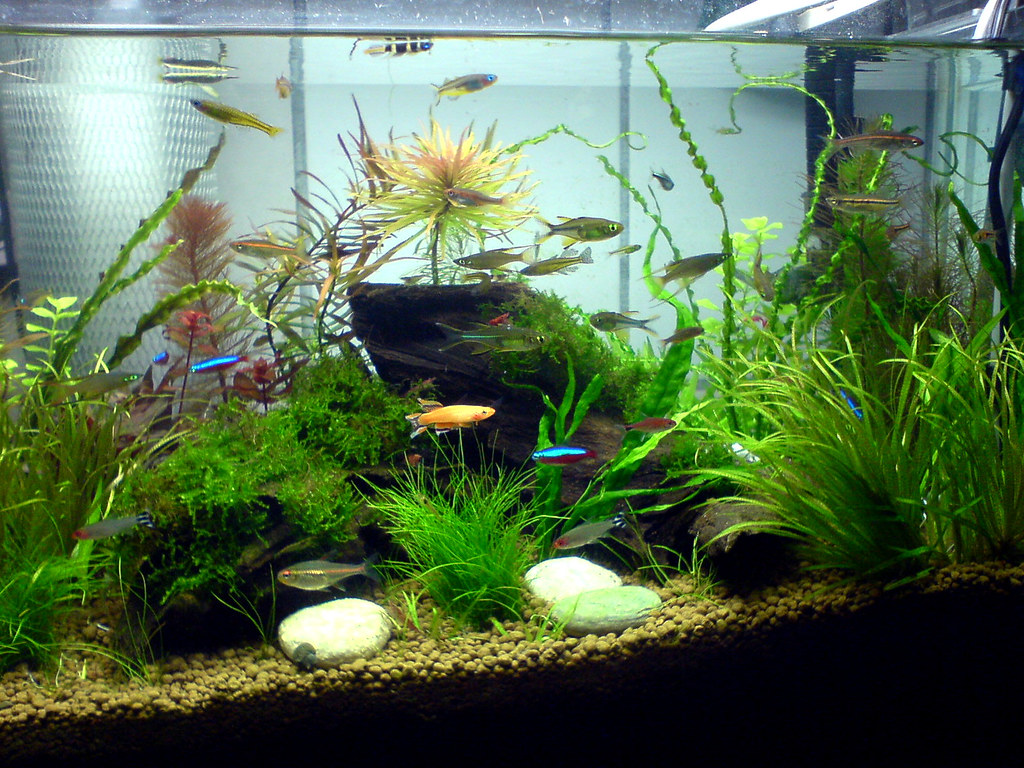
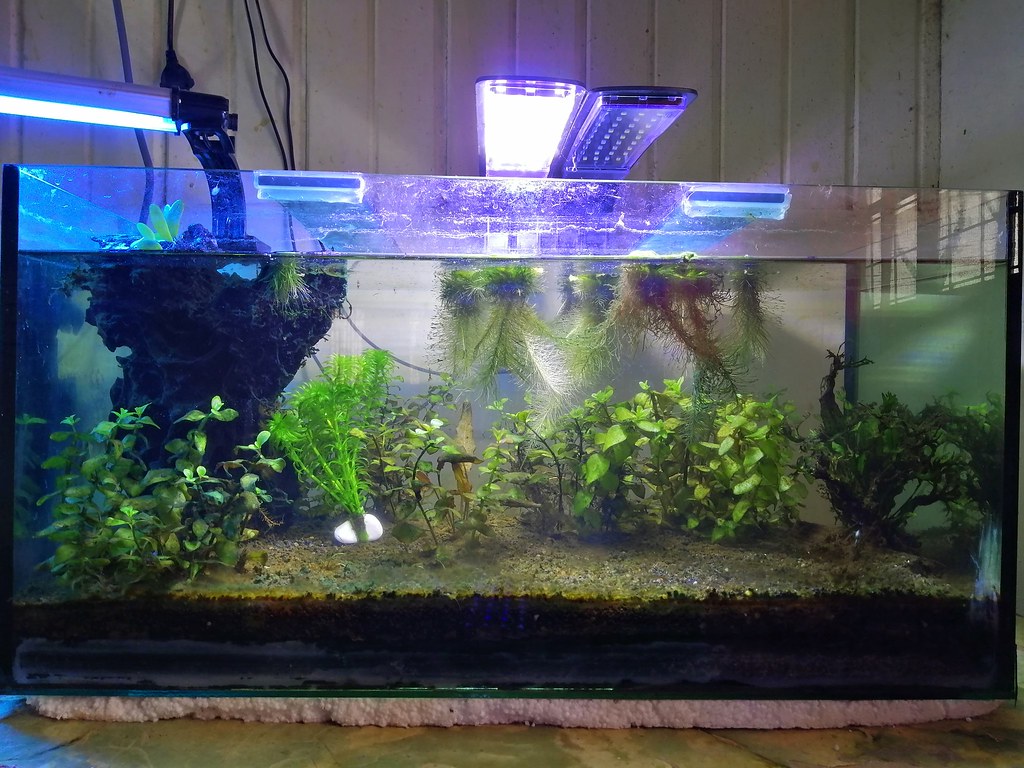
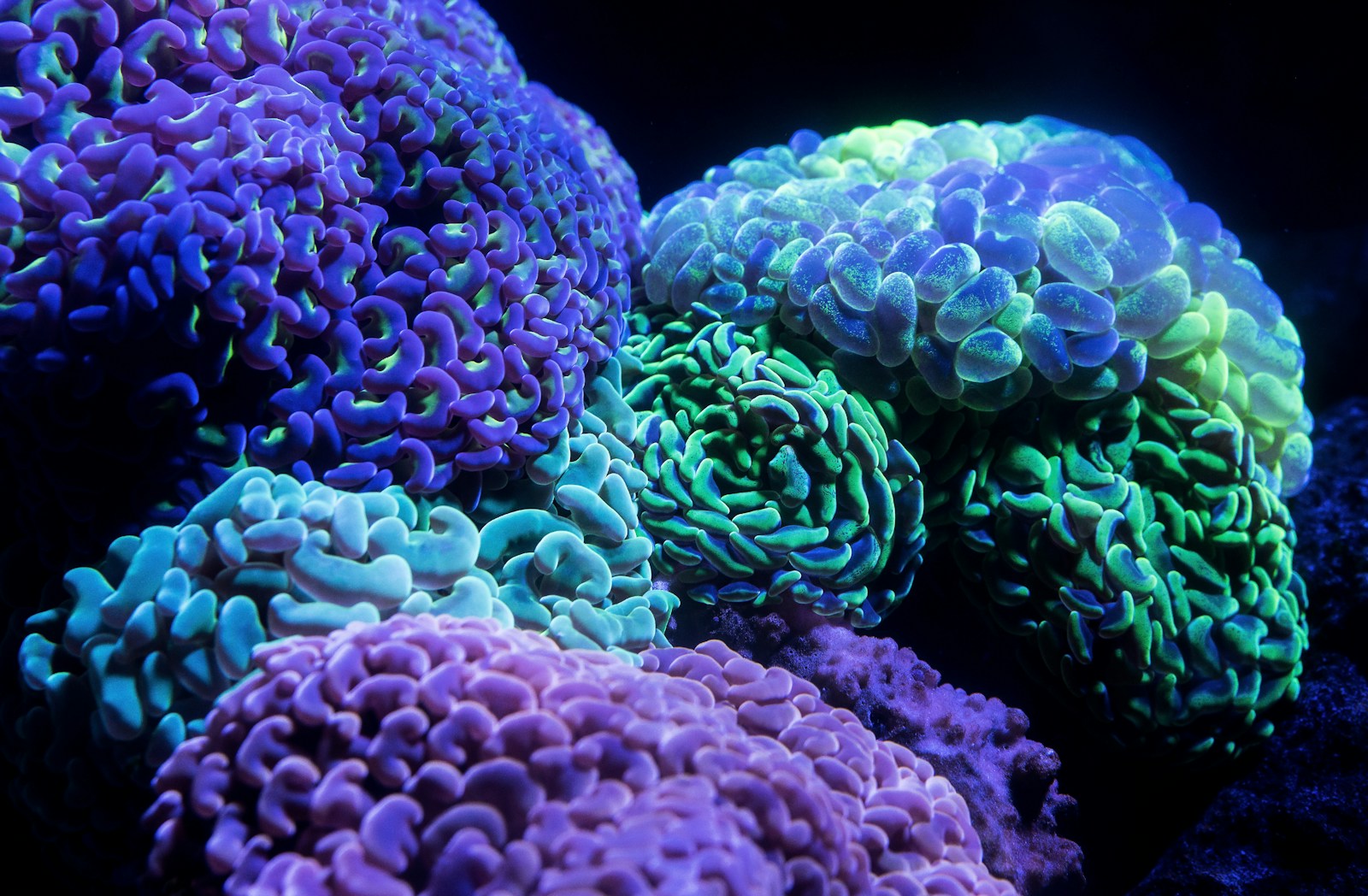

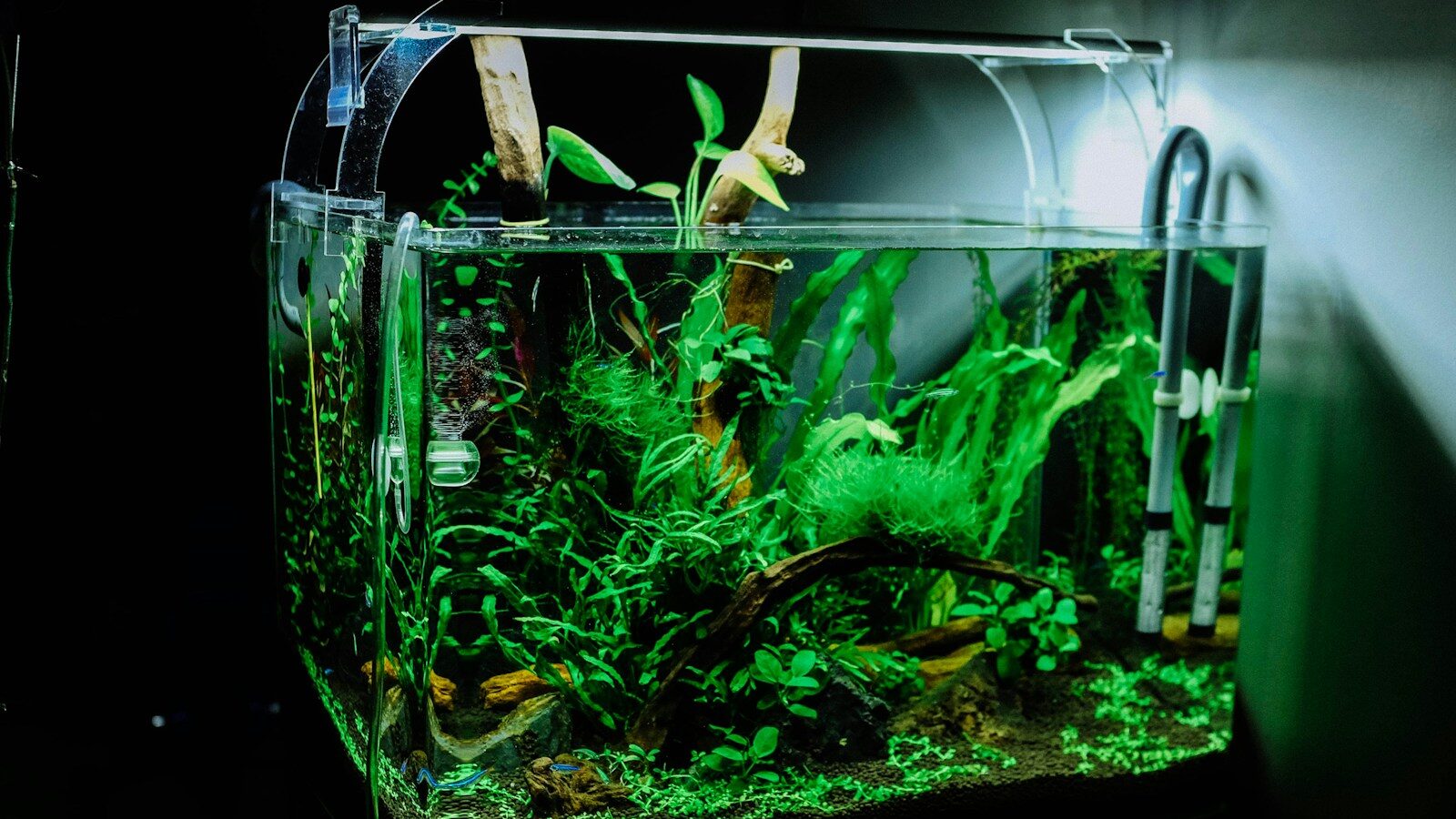




Leave a Reply